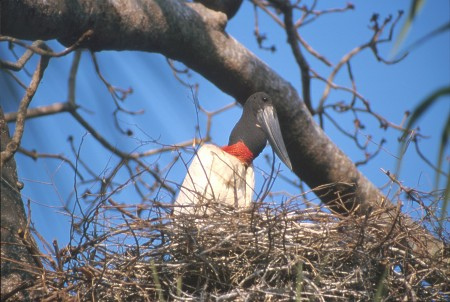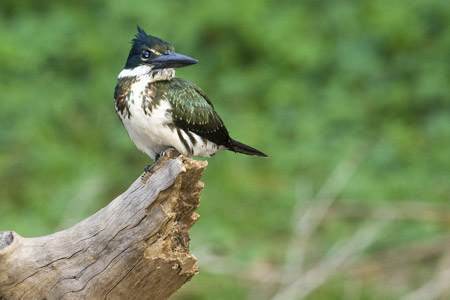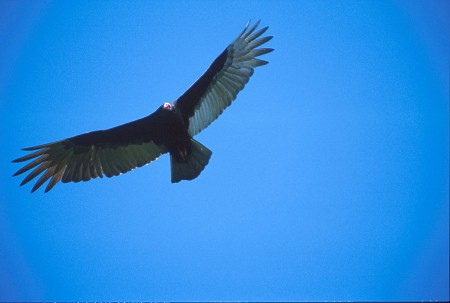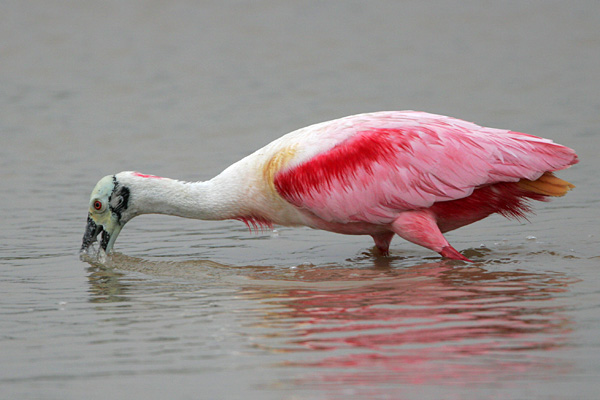Roseate Spoonbill
The Pantanal is a paradise for bird watchers and photographers. WIth over 600 species to see, you can be assured of variety. The dry season gatherings of wading birds as they feast on fish and crustaceans trapped in the shrinking water holes is an annual spectacular to see.
Modern South America lacks mega-fauna on the scale of Africa - but it makes up for this in diversity. You'll find some of the most beautiful and renowned species, such as the Hyacinth Macaw and Toco Toucan. This diversity occurs due to the Pantanal being located at the confluence of several other ecologically-important regions (such as the Amazon forest, Brazilian tableland plateau, the cerrado, and Paraguayan/Bolivian Chaco).
The diversity is also due to the wide range of environments and landscapes occurring within the Pantanal itself. Rather than being a ubiquitous wetland, it also contains large rivers, grasslands, dry forest, and high stony hills and outcrops. Although there is some competition between species, many also survive in parallel by exploiting different foods and different niches.


ROSEATE SPOONBILL (Platalea ajaja)
The Roseate Spoonbill is common throughout the wetlands of Latin America. It's range extends from the Florida Everglades. It's closest relatives are the Yellow Spoonbill and Royal Spoonbill found in Australia, New Zealand and the Pacific. They reach around 70cm in length, with a 1.3m wing span. Like American flamingos (and Amazon river dolphins), their distinctive pink colour is primarily a result of the crustaceans in their diet - and their colour ranges from light pink through to bright magenta depending on their location and food sources. In the Pantanal region, a medium pink colour is most common. The colour is strongest on the underside of their wings - so is most noticeable on birds in flight. Spoonbills are wading birds which prefer shallow water. They can commonly be found near small lakes, ponds, and streams - alongside herons and Jabiru Storks (Tuiuiú). Large numbers typically gather together in the dry season, taking advantage of the fish or other aquatic life trapped in shallow drying pools. Spoonbills feed by sweeping their bill through the water from side to side - eating crustaceans, inserts, and very small fish or amphibians. They're generally seen together in small flocks.








Banner image: Roseate Spoonbill (Shutterstock/David Watkins).
Footer images: Tuiuiú, Turkey Vulture(Andrew Mercer); Amazon Kingfisher (Shutterstock/Ecoventurestravel)

Pantanal Escapes